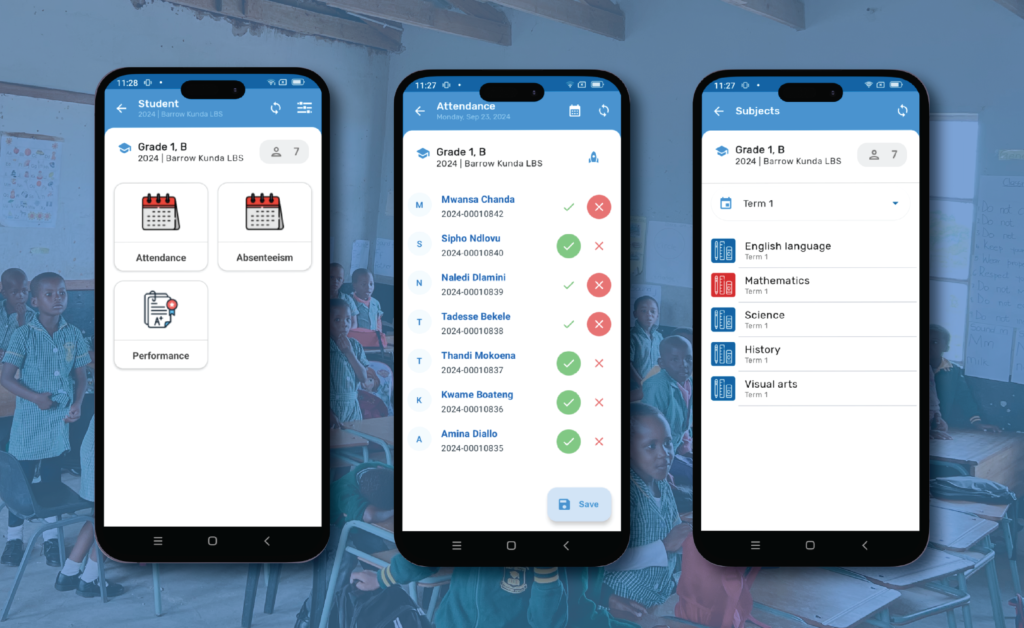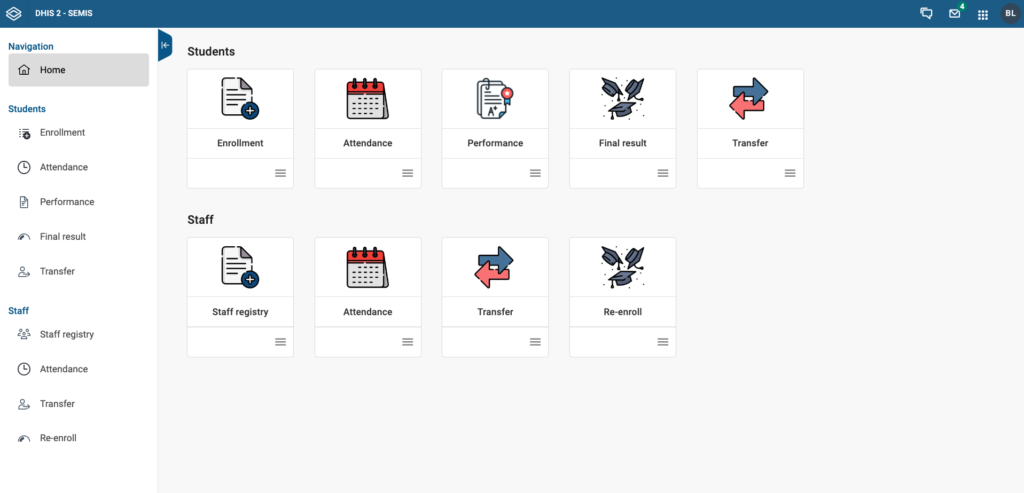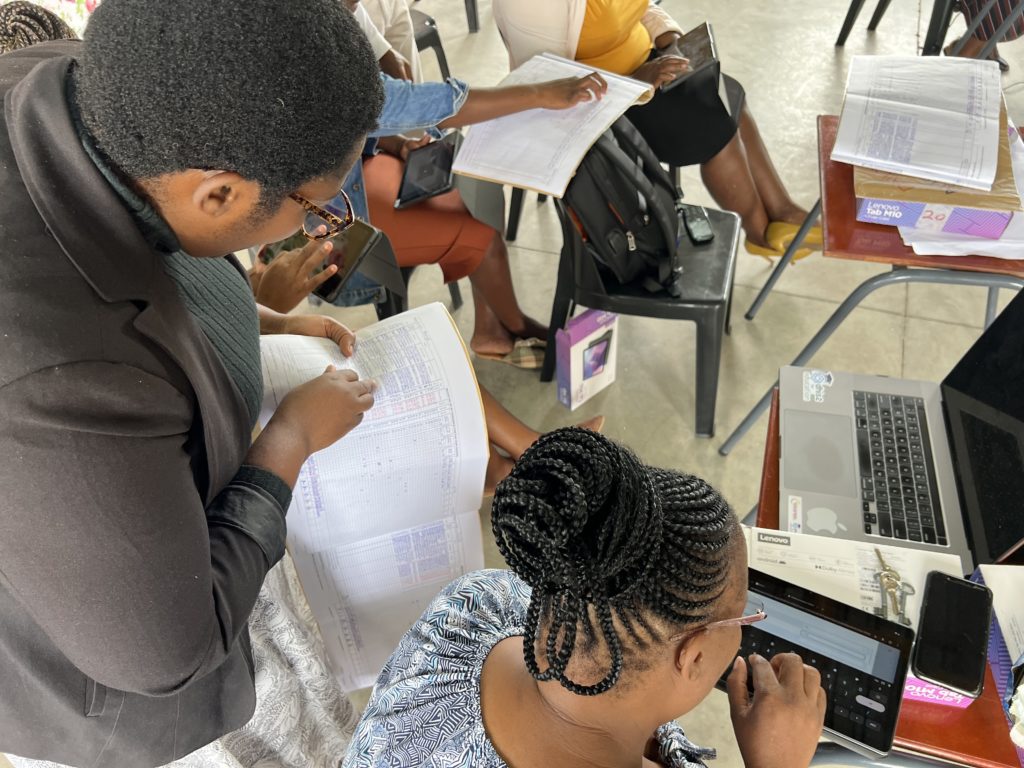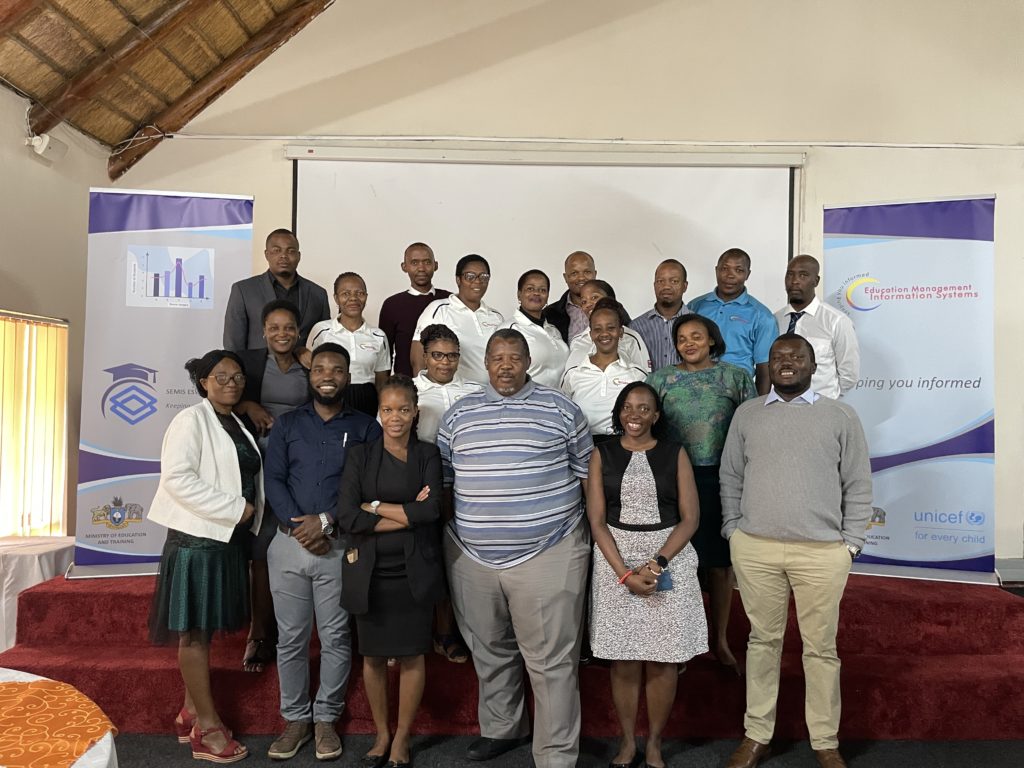The SEMIS app supports countries to improve education planning and delivery with a specially designed suite of tools for individual-level student and staff data

The SEMIS app is a student-staff-school suite of tools developed through collaboration with Ministries of Education in the global south. It was designed with and for countries to fulfill core requirements for enrolling and managing students and staff. It enables staff to take attendance quickly and intuitively, both on the web and via offline data entry on Android mobile devices, and facilitates key education transactions such as promotion, repetition, transfer, graduation processes, and managing learning assessment data. Schools can register new teachers, assign unique identifiers, and support posting at regional and national levels, and the app can be configured to monitor teacher appraisals and identify professional development needs as well. While the SEMIS app does not support payroll or timetable scheduling by default, the use of the fully customizable DHIS2 platform makes it possible for ministries and implementing partners to extend its functionality and integrate it with other tools if desired.

Benefits of using the SEMIS App
Decentralizing education systems means integrating data from disparate subsystems—SEMIS enables ministries to access granular and aggregated data to support decision-making processes from the central office all the way down to the level of the school. This user-friendly and open-source application is provided free of charge, and is continuously refined and improved by users around the world through the global HISP network. It integrates easily with existing data systems and enables collection and analysis of individual data for learners and staff throughout their entire academic experience.
Implementation Insights and Support
Installing, configuring and customizing DHIS2 modules for capture and analysis may take up to three months, depending on the project scope, the size of the school-going population and the number of people to be trained. Successful implementation will require some DHIS2 and SEMIS app familiarity, as well as specific technological infrastructure, like a secure, central database (Postgres) as a central repository, Android devices, and periodic internet connectivity for data uploads. Post-launch, HISP groups provide technical support, address any issues, gather feedback and make necessary system adjustments.

Currently, SEMIS is being piloted in South Sudan, The Gambia, and Eswatini. Early reports indicate that the app’s workflow is user friendly and responsive to school needs. Additional findings will be shared in early 2025, as the pilots move to the next phase.
- Learn more by contacting the DHIS2 Education team at emis@dhis2.org
- View release notes for web and Android
Selected publications
The following research highlights the processes and challenges associated with education system decentralization, and the shift to individual-level records.
-
- Education Information System Decentralization: The Introduction of Digital Learner Records in the Gambia. Jallow, S. & Sanner, T. (2022)
-
- The Role of EMIS in Improving Equitable Service Delivery in Education: A Case Study from the Gambia. Jallow, S. & Sanner, T. (2023)

